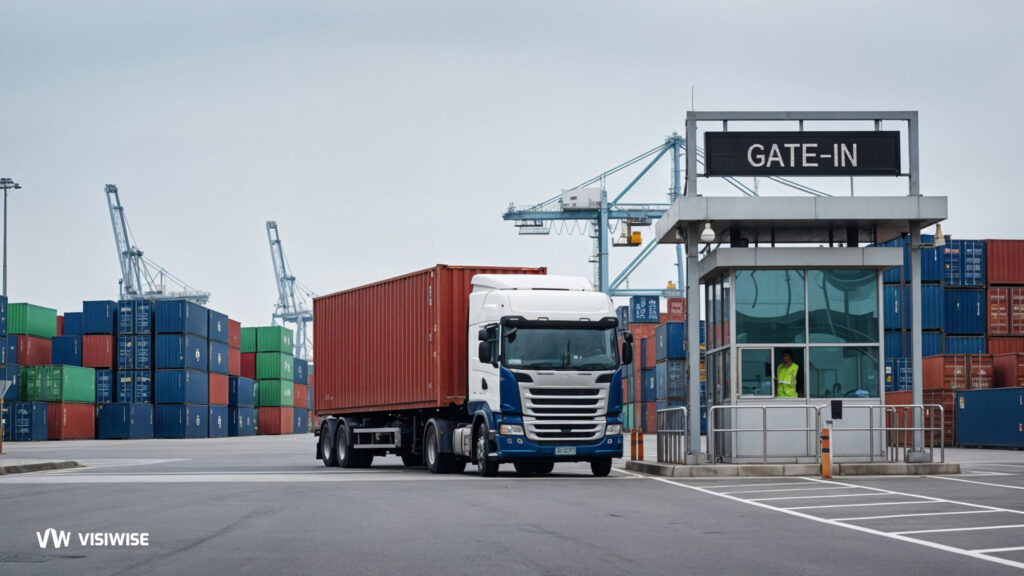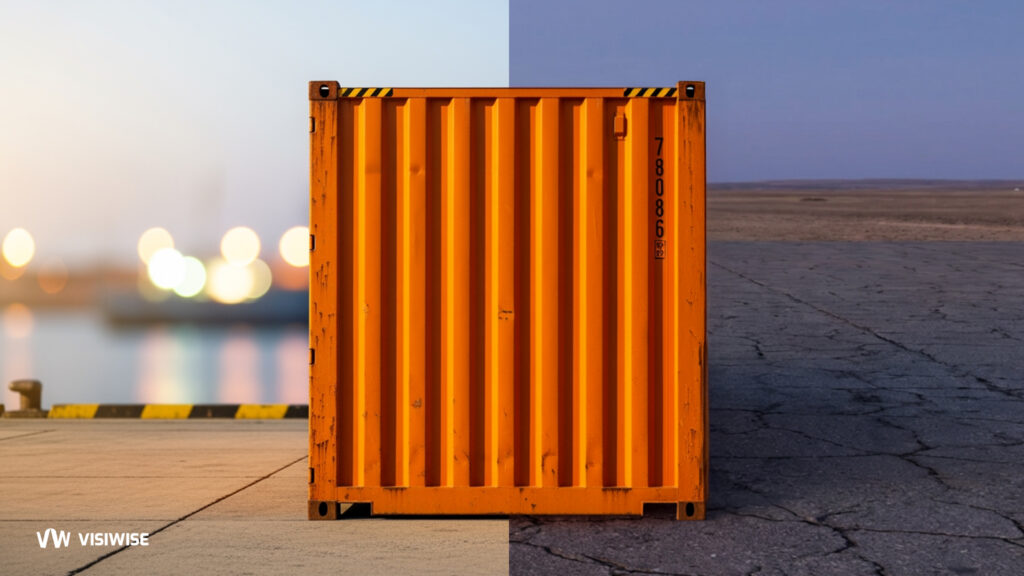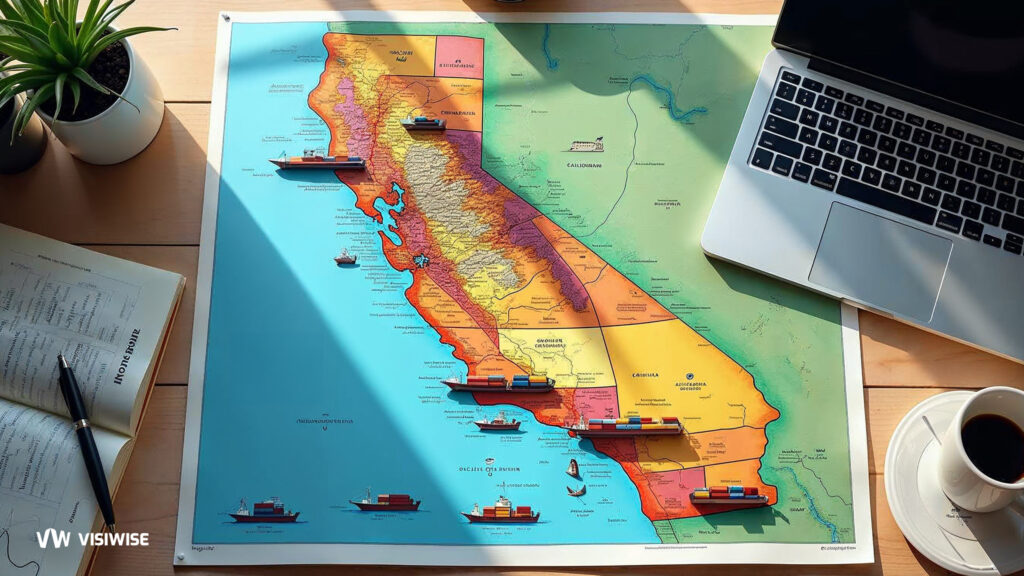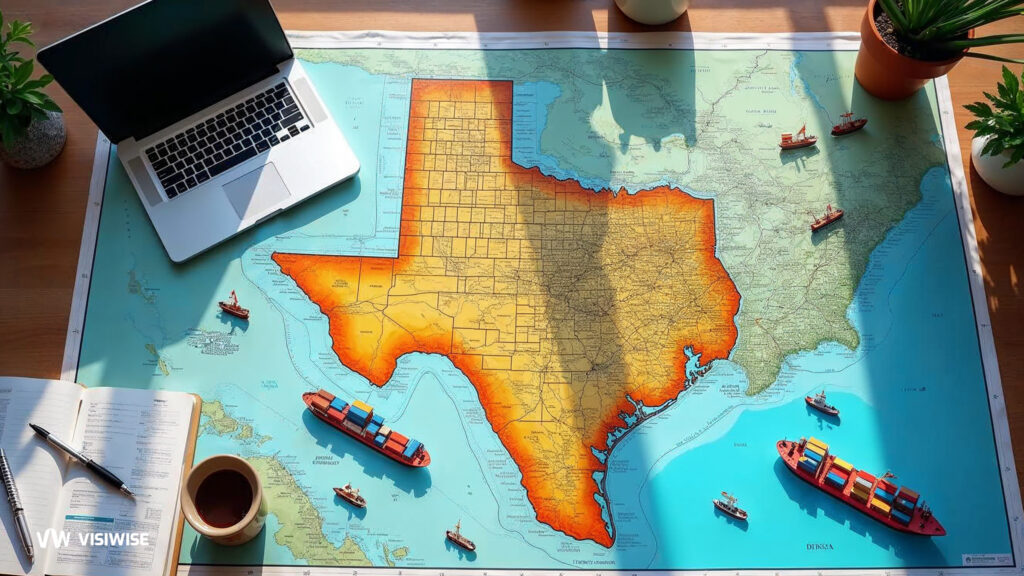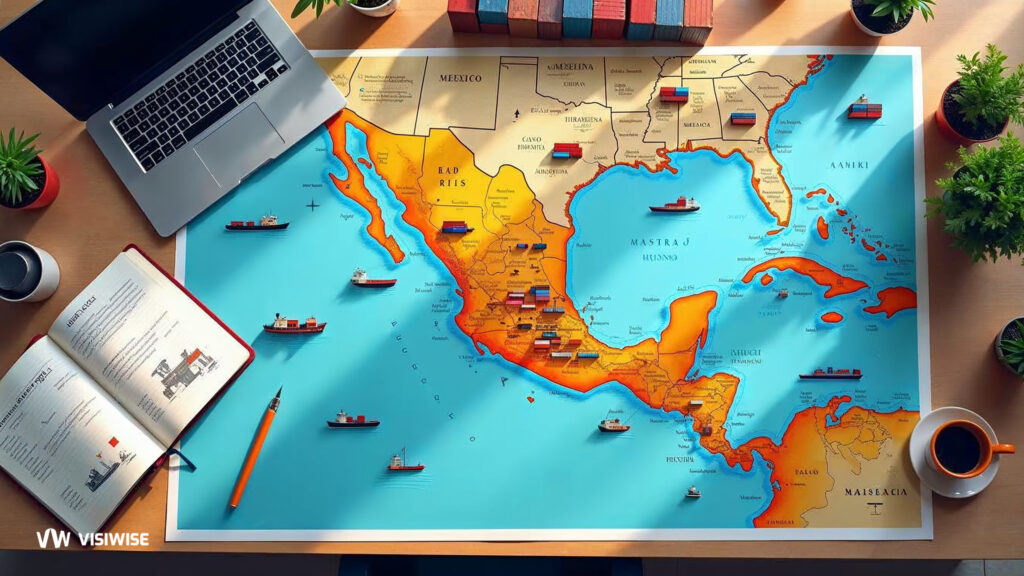The “5 Days Before” Rule: Stop Demurrage Before the Ship Docks
The Ultimate 2025 Guide to Per Diem, Detention, Demurrage & Storage Charges in Container Shipping
Demurrage and per diem are two of the most confusing—yet costly—charges in container shipping. While both relate to time limits on using containers, they apply at different stages of the logistics process. In this guide, we break down what each fee means, how they’re calculated, and the best strategies to avoid unexpected charges and keep shipping costs under control.
Florida’s Major Ports: Connecting Commerce and Communities
In this article, we explore the ten major ports in Florida, delving into their contributions to the state’s economy and their significance in connecting Florida to the world.
Discover Texas’ Major Seaports: From Energy Exports to Cruise Destinations
Texas ports collectively handle an impressive 616.2 million tons of foreign and domestic cargo annually. Their contributions to the state’s economy are equally remarkable, generating $449.6 billion—equivalent to 25% of Texas’ gross domestic product (GDP).
Major Ports in California: A Key Driver of the U.S. Economy
California’s ports are essential drivers of the U.S. economy, leveraging their strategic loA Key Driver of the U.S. Economycation to facilitate trade with Pacific Rim nations. Serving as pivotal gateways for global commerce, these ports are integral to the state’s role as a critical distribution hub.
Mexico’s Major Strategic Seaports: Keystones of International Trade
Mexico’s seaports are vital components of its thriving international trade network, leveraging the country’s strategic position in the global economy
Best Container Tracking Software in 2024: Top Solutions for Seamless Logistics Management
In this blog post, we will explore the best container tracking software options available today, including Visiwise, FourKites, Shippeo, and others.
Major Ports in China: Key Shipping Hubs in Global Trade
This article explores the key ports in China by region, detailing their significance and contributions to global shipping routes.
Major Ports in Alaska: Key Cruise and Shipping Hubs
Here’s a look at some of the most important ports in Alaska that play pivotal roles in both the cruise industry and general commerce.
Major Ports in India: Overview of India’s Key Maritime Hubs
In this article, we explore India’s key ports, examining their unique features, capacities, and the vital roles they play in the nation’s trade network and economic landscape.
Major Ports in the US: A Guide to the Largest and Busiest Ports
Here’s a comprehensive look at the most prominent ports in the U.S., their functions, and their impacts.

